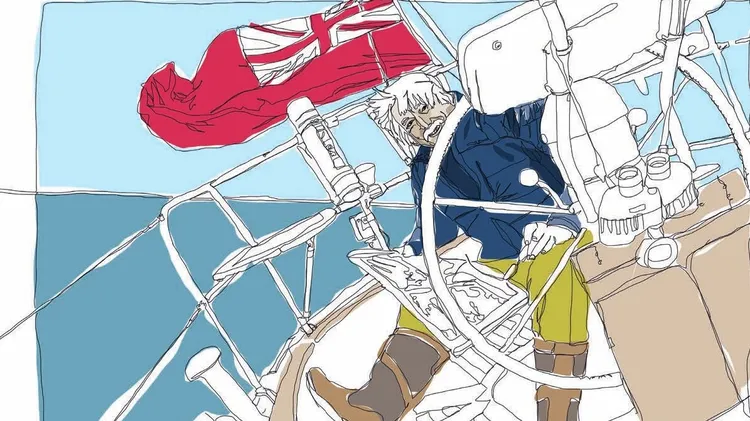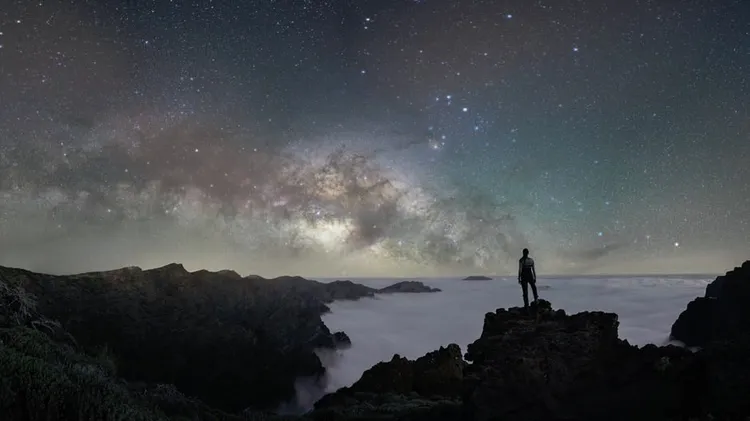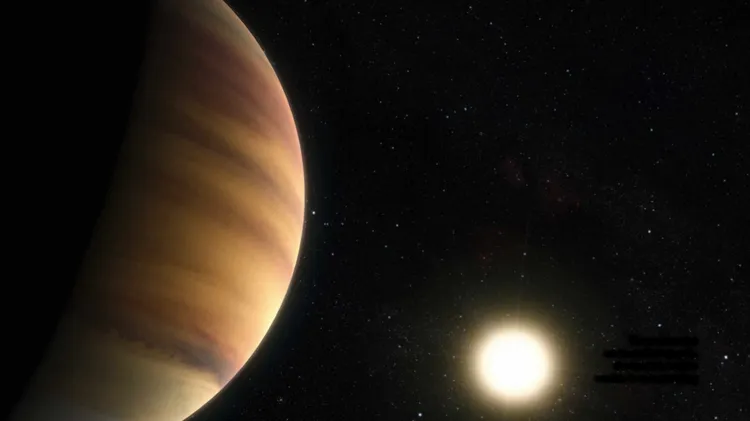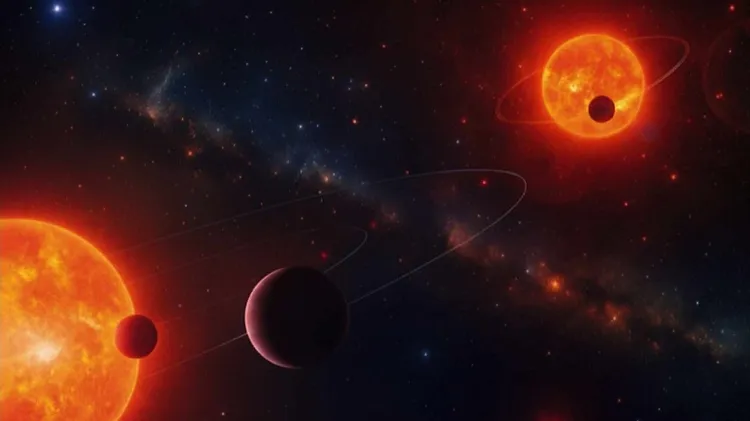FOCUS ON
Icy asteroids help the james webb space telescope uncover neptune’s history
2 min read
This article is from...
Read this article and 8000+ more magazines and newspapers on Readly






